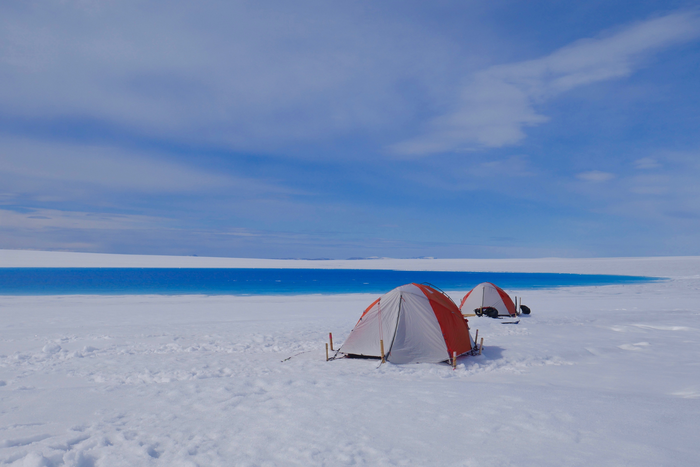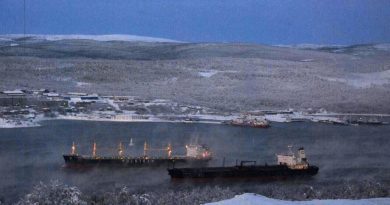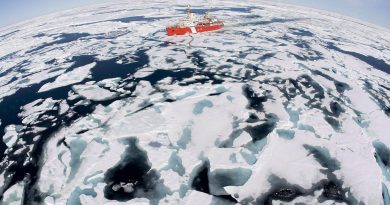Melting of Greenland glacier generating its own heat and accelerating thaw from base, says study

The melting of a Greenland glacier is, in turn, generating its own heat, and accelerating the rate of thaw of the ice body, says new findings.
“This is the first time we’ve been able to measure the rate of melting at the base of the ice sheet, and it’s providing new insights into the way the ice sheet responds to increasing surface melting,” Keith Nicholls, a British Antarctic Survey oceanographer and study author, said in a news release.
The paper, “Rapid basal melting of the Greenland Ice Sheet from surface meltwater drainage,” was published on Monday in the journal Proceedings of the National Academy of Sciences.
In the study, scientists found that heat is created when meltwater forms on a glacier’s surface and travels through cracks to the ice mass’s base.
“When studying basal melting of ice sheets and glaciers, we look at sources of heat like friction, geothermal energy, latent heat released where water freezes and heat losses into the ice above,” Poul Christoffersen, a professor of glaciology at the University of Cambridge and one of the study’s authors, said.
“But what we hadn’t really looked at was the heat generated by the draining meltwater itself. There’s a lot of gravitational energy stored in the water that forms on the surface and when it falls, the energy has to go somewhere.”
Matched by power of Three Gorges Dam
The seven-year study focused on the Store Glacier, an outlet glacier on the Greenland Ice Sheet.

In 2014 alone, researchers calculated that 82 million cubic metres of meltwater reached the glacier’s bed and likened the process to the way large dams generate hydroelectric power.
They estimate that the power produced by China’s Three Gorges Dam is matched by the power of the falling water during peak melt periods at the glacier.
“With a melt area that expands to nearly a million square kilometres at the height of summer, the Greenland Ice Sheet produces more hydropower than the world’s ten largest hydroelectric power stations combined,” the researchers said.
As the climate warms, this will increase, they say.
“Given what we are witnessing at the high latitudes in terms of climate change, this form of hydropower could easily double or triple, and we’re still not even including these numbers when we estimate the ice sheet’s contribution to sea level rise,” Christoffersen said.
Friction creating heat
To do the measurements, the scientists used both radar data and independent temperature measurements from boreholes. Water temperature at the base was as high as +0.88 C which the researchers described as “unexpectedly warm” for the ice sheet base which has a -0.40 C melting point.
“The borehole observations confirmed that the meltwater heats up when it hits the bed,” Christoffersen said.

“The reason is that the basal drainage system is a lot less efficient than the fractures and conduits that bring the water through the ice. The reduced drainage efficiency causes frictional heating within the water itself. When we took this heat source out of our calculations, the theoretical melt rate estimates were a full two orders of magnitude out.
“The heat generated by the falling water is melting the ice from the bottom up, and the melt rate we are reporting is completely unprecedented.”
Write to Eilís Quinn at eilis.quinn@cbc.ca
Related stories from around the North:
Canada: Dramatic changes to Yukon glaciers a warning for the planet, researchers say, CBC News
Finland: Northern nations pledge to reduce black coal emissions during Arctic biodiversity talks in Finland, Yle News
Norway: Climate change is driving micro-algae blooms into High Arctic and may affect food chains, says study, Eye on the Arctic
Russia: Russian researchers applaud construction of Arctic station, The Independent Barents Observer
Sweden: Glacier in central Sweden “collapsing” as climate warms, Radio Sweden
United States: When the ice melts, what will happen to Arctic tourism?, Cryopolitics Blog



